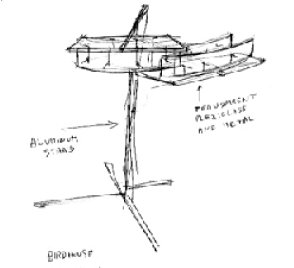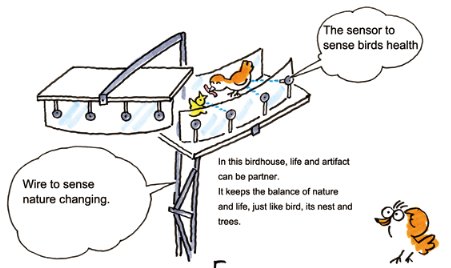Dr. Silvano Colombano was born in Milan, Italy. He spent his first year in the United States as an exchange student in high school, and later returned there to finish his university studies. He received an M.A. in Physics and a Ph.D. in Biophysical Sciences from the State University of New York at Buffalo. He spent most of his working career at NASA-Ames Research Center first as a researcher in Closed Ecological Life Support Systems (CELSS) and later in Artificial Intelligence. He began the development work on the Astronaut Science Advisor (a.k.a. PI-in-a-box) and managed the project until its deployment on SLS-2 (Space Shuttle STS -58) in 1993. This is considered the first expert system to have been deployed in space. Since then he has been doing research and development work in Artificial Neural Networks, Genetic Algorithms and Fuzzy Logic, and has taught courses in these areas for the University of California at Berkeley, extended education, since 1988. He has over 40 technical publications and now leads a group in "Evolutionary Biotronics". This group comprises projects in Evolutionary Hardware, Modular Cooperative Robotics and Artificial Life in the Computational Sciences Division at NASA-Ames. Dr. Colombano's non-professional activities in the past have been mainly in the arts. He has had training in dance and singing, and has taken part in a number of community musical and theater representations in the San Francisco Bay Area. He has also had a longstanding interest in architecture and has been taking occasional classes in architecture and design at the San Francisco Institute of Architecture. At present he is focusing on his 10-year-old son. He has coached his son's soccer team and has organized a Lego-robotics club at his son's school. | 






